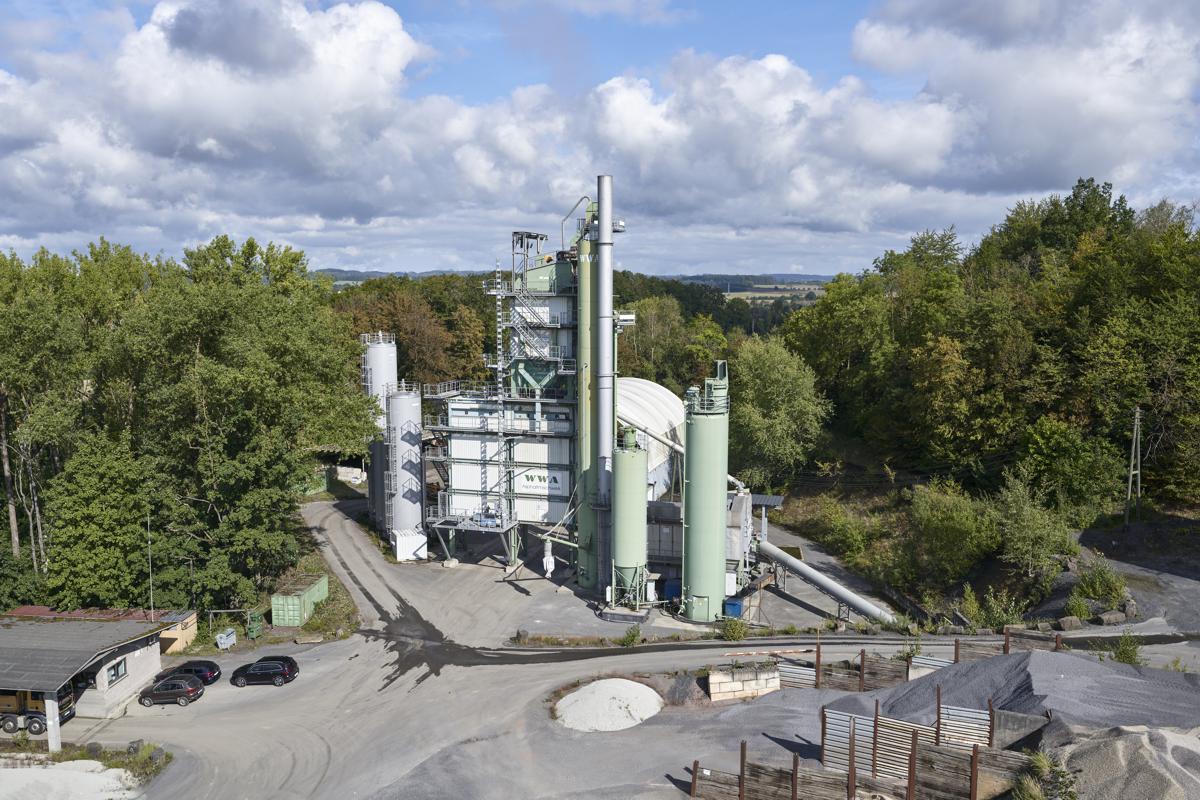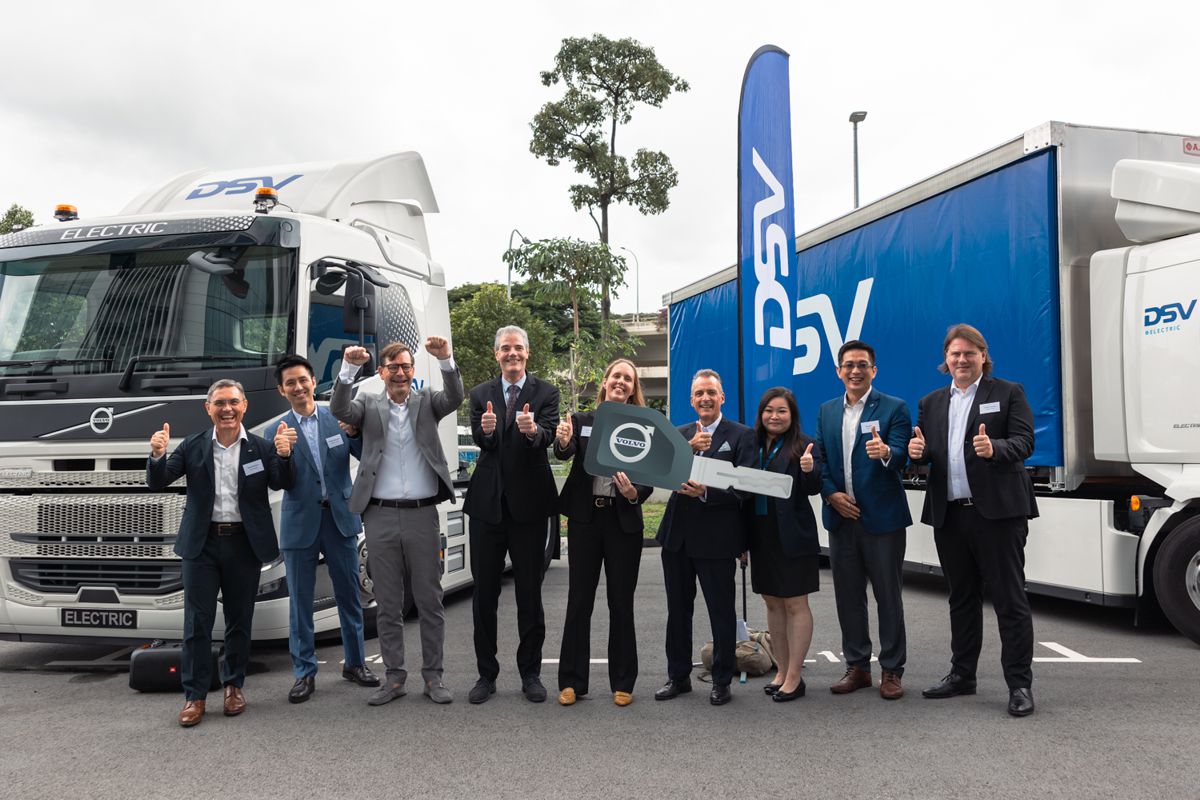Kenya prioritising non-motorized transport to enhance road safety
A majority of trips in Kenya are made by walking and cycling, with only 15% made by private cars, most of which take place in the capital, Nairobi. Yet until now, priorities on the streets did not serve the needs of the majority.
For decades, plans throughout the city for new roads construction and upgrades have only partially provided physical infrastructure for non-motorized users.
However, following the development of a non-motorized transport policy in 2015—a joint initiative of UN Environment’s Share the Road Programme and the Nairobi City County—the government has made notable strides in implementing the policy in order to improve the walking and cycling environment and catalyse investment in non-motorized transport. In Nairobi county, it allocated 20 per cent of its road construction budget towards non-motorized transport infrastructure.
It is now mandatory that all new and improved roads have non-motorized transport components. Civil society stakeholders such as the Kenya Alliance for Residence Association (KARA) have continuously called on the government to ensure the needs of pedestrians and cyclists are prioritized.
Non-motorized transport, a topical issue in Kenya, has generated a significant level of interest among development partners. In 2016, the World Bank funded two programmes: the Kenya Municipal Programme and the Kenya Informal Settlements Improvement Project, which involved the construction of the Sosiani footbridge as one of the many non-motorized transport facilities constructed in Uasin Gishu County.
More than 80 kilometres of pedestrian walkways and bicycle paths have been constructed in Eldoret under two World Bank-funded programmes. As a result, the non-motorized transport infrastructure has inspired many residents in Eldoret to walk or cycle, thereby contributing to improving their health.
Walking and cycling paths are one part of the infrastructure improvements delivered under the Kenya Municipal Programme, the Kenya Informal Settlements Improvement Project and Nairobi Metropolitan Services Improvement Project with key non-motorized transport milestones that have improved the living conditions of over 6.5 million urban residents across the country.
The European Union and the Government of Kenya have jointly funded the Nairobi Missing Link Roads and Non-Motorized Transport Facilities Project, which is being implemented by the Kenya Urban Roads Authority.
Additionally, in October 2018, in the lead-up to World Cities Day and to raise awareness on urban mobility and road safety, the European Union delegation to Kenya and the Kenyan Government, through the Kenya Urban Roads Authority (KURA) and the County Government of Nairobi, held a non-motorized mobility and road safety awareness day.
















